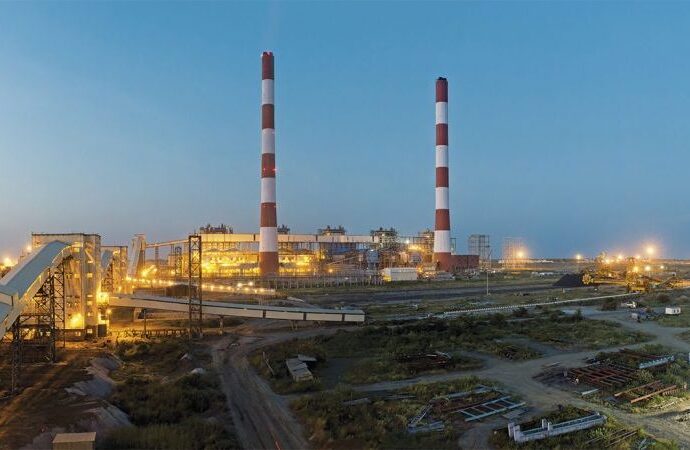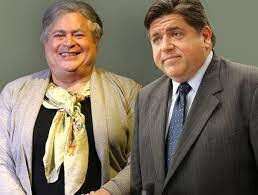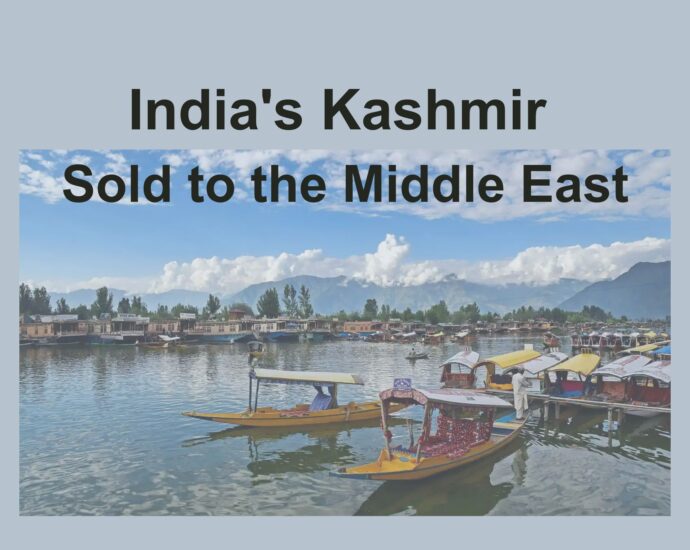Heeramandi: An Experiment in Islamic Wokeism
“Heeramandi” (Diamond Bazar) is an Indian web series directed by Sanjay Leela Bhansali, who proudly claims that he’s not interested in ordinary women standing in a ration line or something like that. Set in pre-independence India, the series delves into the lives of courtesans (tawayafs) in then Akand Bharat’s Lahore’sContinue Reading










